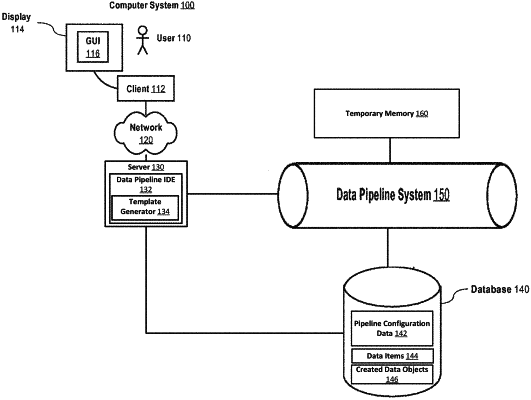| CPC G06F 8/34 (2013.01) [G06F 3/0482 (2013.01); G06F 3/04847 (2013.01); G06F 3/0685 (2013.01); G06F 8/33 (2013.01); G06F 9/445 (2013.01)] | 9 Claims |

|
1. A method performed by one or more processors, the method comprising:
displaying a user interface depicting data transformation code, the data transformation code programmed to transform data items when executed;
receiving two or more user selections of code segments of the data transformation code;
determining and storing a reference to each of two or more settable items from in the data transformation code based on at least the two or more user selections; and
generating a data transformation template indicating the two or more settable items from the data transformation code, wherein the data transformation template is usable by a data transformation device to:
receive a user input value for each of the two or more settable items; and
execute, on one or more data items, the data transformation code with the two or more settable items set to the corresponding received user input value.
|